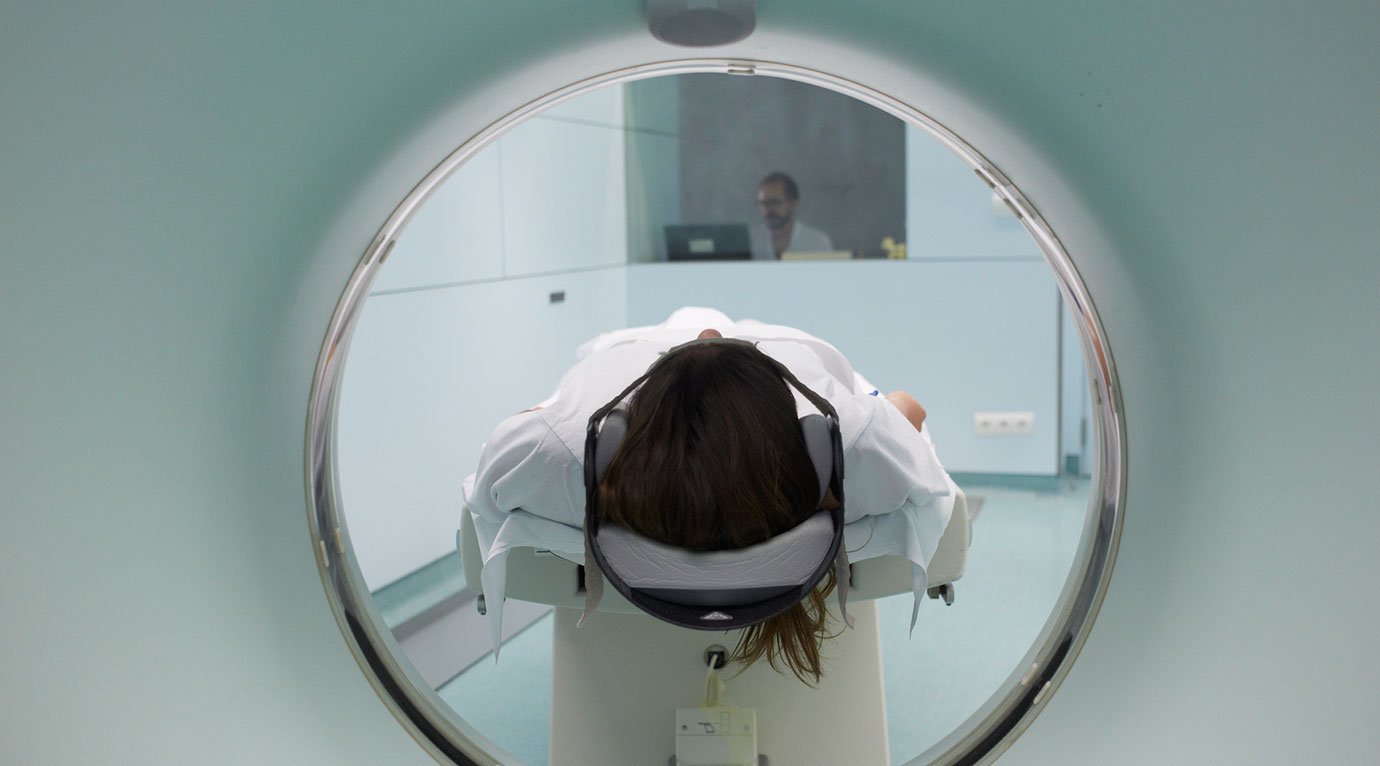Coordination and administration of tasks are essential aspects needed to achieve a goal. Management plays a significant role in an organisation. It makes sure that the product or service provided is consistent. The set of policies and processes responsible for the planning and execution is known as the quality management system (QMS). ISO 13485 is a stand-alone quality management system that is derived from the globally recognised ISO 9000 quality management system standard series. The regulated medical device manufacturing environment is adapted from the ISO 9000 process-based model.
ISO 13485 defines the requirements for the QMS where an organisation needs to exhibit its ability to provide medical devices and associated services that regularly meet client requirements.
In Australia, The Therapeutic Goods Administration (TGA) published revised guidance which added the ISO 13485 as a recognised standard for medical device quality management systems.
Requirements and guidelines
The ISO 13485 requirements consist of 8 clauses and supporting subclauses.
- Clause 1: Scope
- Talks about the importance of method approach, standard and how it applies to organisations.
- Clause 2: Normative Reference
- Delineates the fundamentals and vocabulary of the quality management system.
- Clause 3: Terms and Definitions
- Provides definitions that are used in the standard. Some of the terms and definitions are as follows:
- Advisory notice – Notice issued by the organisation, following the dispatch of the medical device, to provide additional information.
- An authorised representative – The legal person who is accepted within the country and has received written approval from the manufacturer to act on his behalf for designated duties.
- Clinical evaluation – Assessment and examination of clinical data concerning the clinical safety and performance of a medical device.
- Complaint – Written or oral communication that proclaims insufficiencies related to the durability, reliability, safety and usability of the medical device provided by the company.
- Distributor – Legal person in the supply chain that checks the availability and issues the medical device to the end-user.
- Clause 4: General Requirements
- Provides information for the overall quality management system documentation requirements.
- Clause 5: Management Responsibility
- Provides the requirements for management’s role in the QMS.
- Clause 6: Resource management
- Gives the guidelines for resources like personnel training.
- Clause 7: Production Realization
- Gives requirements for the production of goods and services, planning, design, purchasing, process control and customer property.
- Clause 8: Measurement, analysis and improvement
- Provides conditions for monitoring and improving processes.
Training and certification for individuals
Several courses for ISO 13485 are available. Each curriculum differs in purpose. Upon the completion of the course, the individual will be eligible for certification.
- Lead Auditor course – This short 5-day course focuses on understanding the QMS standard. The curriculum consists of a test at the end to verify knowledge. Only with the accredited course, an individual will be sanctioned permission to audit for a certification body.
- Internal auditor course – This 3-day course is based on the lead auditor course but does not include any examination. This is ideal for an individual who is newly starting to do internal audits with a company.
- Awareness and Implementation course – This is a one day or two-day course that provides knowledge about the ISO and its implementation. They also include e-learning sessions. This course is beneficial for those who are involved in the implementation within a company or organisation.
Benefits of ISO 13485 implementation
- Improves the credibility of a company – ISO certification proves that a company takes quality very seriously and has a system set up to ensure it.
- Improves customer satisfaction – Customers always trust and entertain suppliers that are certified.
- Enhances processes – The process approach outlined in the ISO 13485 helps discover opportunities for improvements effortlessly.
- Boosts decision making – Using facts and data to drive decisions that are better aligned with the strategic goals of the organisation. The quality management principle in the ISO encourages evidence-based decision making.
- Better employee engagement – If the employees understand their role in delivering quality goods and services, they will be more responsible and engaged in their job, leading to increased efficiency and productivity.

